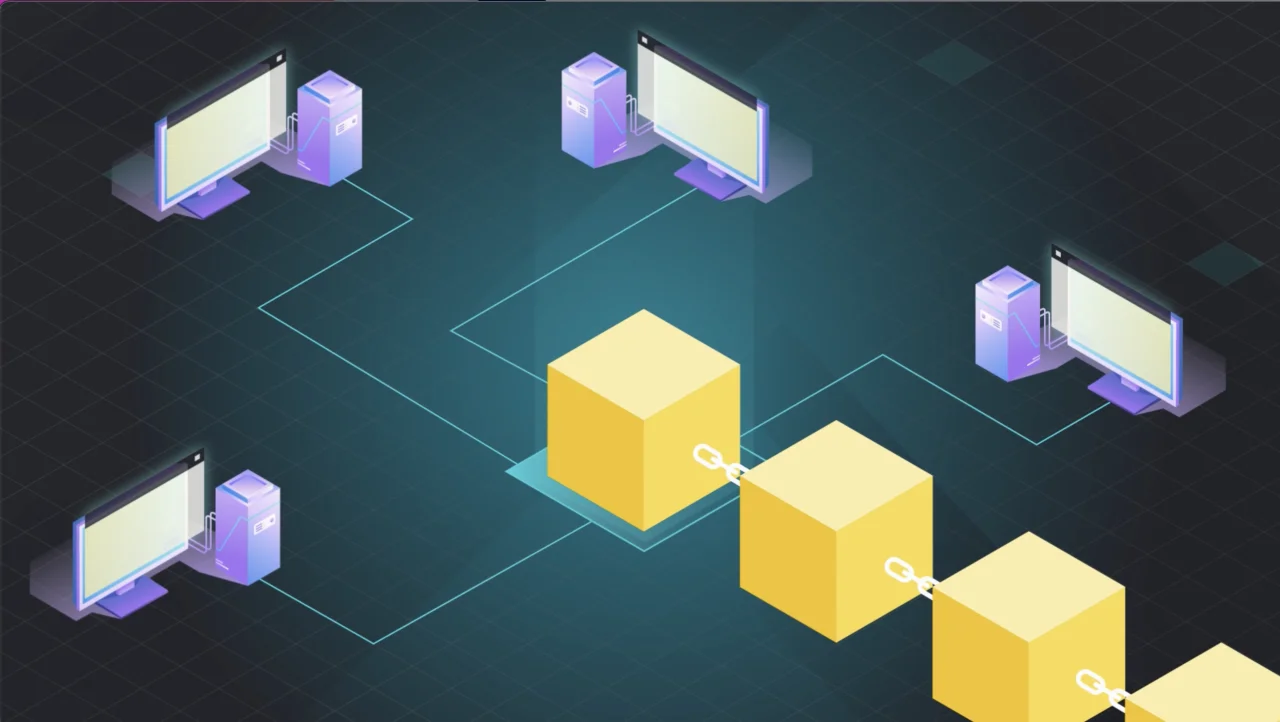A contemporary educational strategy that has grown in favour recently is immersive learning. This cutting-edge teaching strategy makes use of technology to give pupils an immersive and engaging learning environment. In this article, you will get to know about various advantages as well as challenges of immersive learning.
What Does “Immersive Learning” Mean?
A method of teaching known as immersive learning uses technology to give students an engaged and interesting learning experience.
Features of Immersive Learning
- Every student’s training and learning method can be personalized using this learning process.They can also customize their path of learning according to their needs and preferences.
- This learning process is highly flexible, which allows the learner to choose the content, adjust the settings and control them during the learning. Anybody can learn according to their comfort zone and their schedule.
- This process is highly engaging, including engaging and interactive elements like augmented reality, virtual reality, gamified activities, etc.
- Several experiment-driven aspects of this learning process motivate the learner to continue their learning. This also includes lifelike scenarios, branching stories, stimulations, etc.
- In this process, learners will also get opportunities to collaborate with other learners in immersive and collaborative environments.
The Advantages of Immersion Learning
Compared to typical classroom instruction, immersive learning provides several advantages.
Thanks to this, students can first actively interact with the subject they are studying. Students can engage in actual and interesting interactions with a topic rather than just reading about it. This enhances learning and increases the retention of information.
Second, with the process of immersive learning,and engagement, students’ motivations will also be increased.
Third, students are prepared for scenario changes in the real world thanks to the immersive learning method.
Students will gain practical experience using their skills and knowledge in real-world situations through this method, which uses interactive technologies.
One of the most fundamental aspects of this strategy is that it offers students a more fulfilling educational experience and a real-world experience than conventional ones.
There are several advantages to immersive learning that can be used in various educational contexts. This kind of education is something that businesses, universities, and schools may all consider implementing. It provides instructors with a wide range of new opportunities for student participation and learning.
Obstacles to Immersive Learning
There are many challenges of immersive learning, some of which are described below.
- The expense of technology is one difficulty. Since virtual reality headsets and other interactive technologies can be pricey, some schools may find it challenging to use this strategy.
- The necessity for instructors to have specialized training presents another difficulty. Teachers must receive training in interactive technology use and developing immersive learning environments. This can take a lot of time and could need more resources.
Conclusion
An innovative method of education, immersive learning provides several advantages over regular classroom instruction. Students are more likely to engage in this dynamic and interesting learning process.
Despite significant implementation issues, immersive learning can be a useful tool for enhancing student learning and engagement. These challenges can be overcome with careful design and adequate resources.



